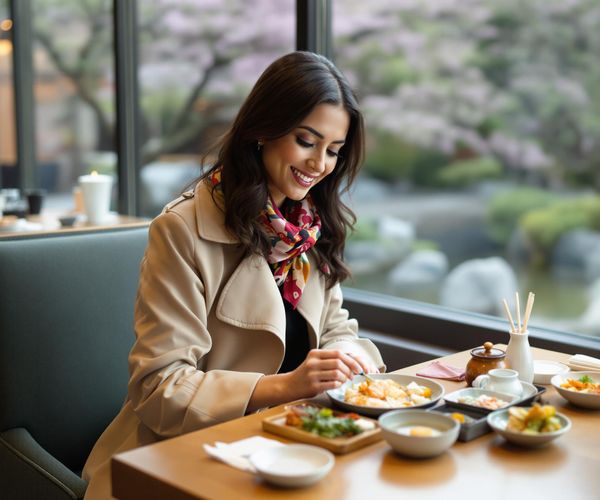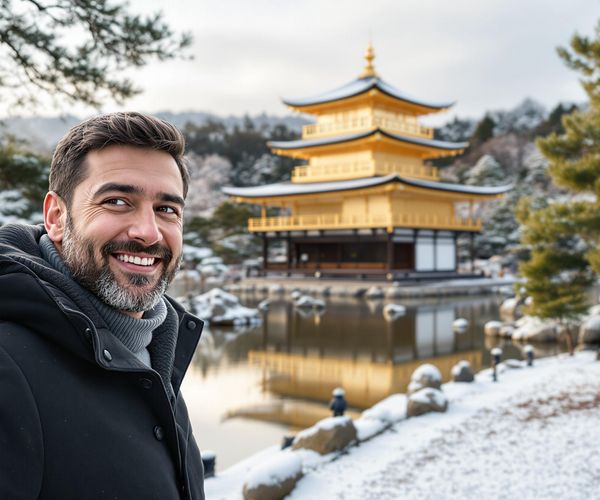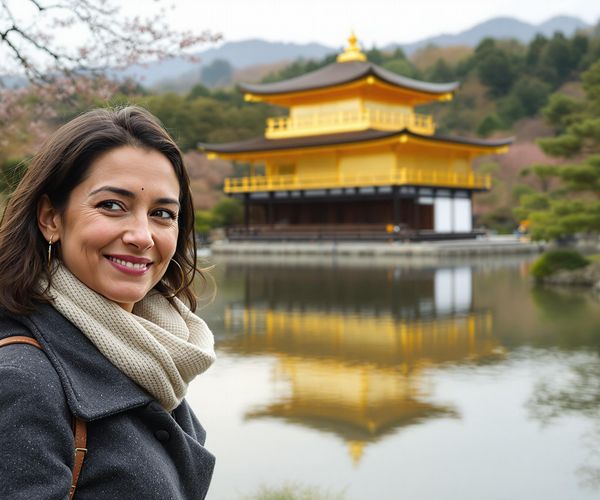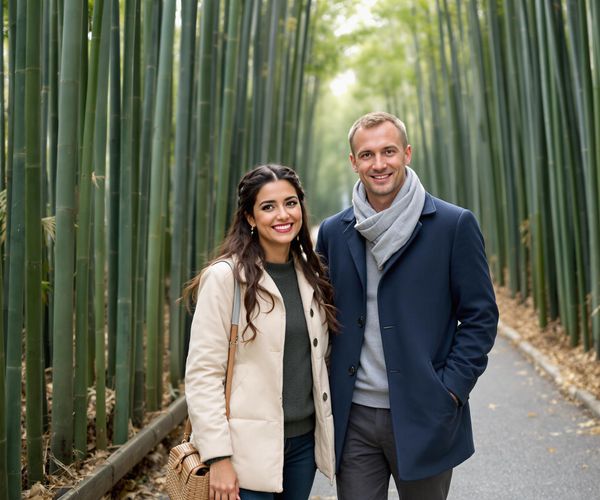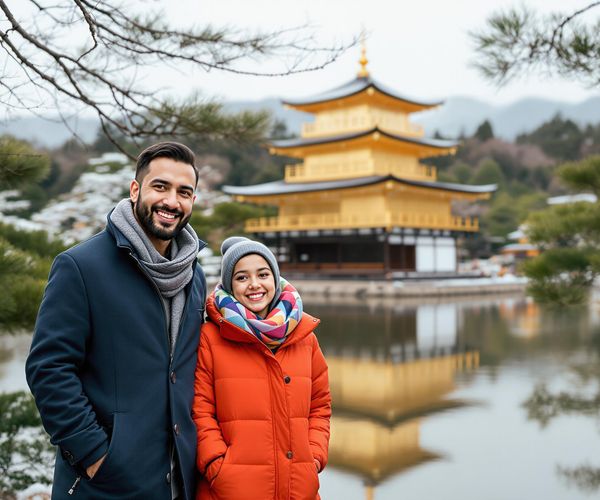
Kyoto: The Timeless Beauty of Japan's Ancient Capital
Discover Kyoto: A Journey Through Japan's Ancient Heart, Where Cultural Riches and Natural Beauty Await at Every Turn.
Kyoto, Japan's ancient capital, is a city where tradition and modernity blend seamlessly. Wander through its historic streets and you will feel as if you have stepped back in time. With over a thousand years of history, Kyoto is a treasure trove of cultural and architectural wonders. From the serene rock gardens of Ryoan-ji to the majestic Fushimi Inari Shrine with its thousands of red torii gates, every corner of the city tells a story of Japan's rich heritage. One of Kyoto's most iconic sites is the Kinkaku-ji, or the Golden Pavilion, which dazzles visitors with its gold leaf exterior reflecting in the surrounding pond. Another must-visit is the Arashiyama Bamboo Grove, where towering bamboo stalks create a mystical, otherworldly atmosphere. For a taste of traditional Japanese culture, attend a tea ceremony in one of the city's many tea houses or stroll through the historic Gion district, where you might catch a glimpse of a geisha. Kyoto is also a culinary delight. From delicate kaiseki cuisine to hearty ramen, the city's food scene caters to all tastes. Don't miss trying yudofu (tofu hot pot) and matcha (green tea) sweets, both specialties of the region. With its blend of history, culture, and natural beauty, Kyoto offers an unforgettable experience for every traveler.
Local tips in Kyoto
- Visit Kyoto in spring (March to May) or autumn (September to November) for the best weather and to see cherry blossoms or fall foliage.
- Purchase a Kyoto City Bus & Subway Pass for convenient and unlimited travel around the city.
- Arrive early at popular sites like Fushimi Inari Shrine and Arashiyama Bamboo Grove to avoid crowds.
- Respect local customs such as removing your shoes before entering temples and private homes.
- Explore the lesser-known temples and shrines for a more tranquil experience away from the tourist crowds.
Neighbourhoods in Kyoto
Kyoto: The Timeless Beauty of Japan's Ancient Capital
Kyoto, Japan's ancient capital, is a city where tradition and modernity blend seamlessly. Wander through its historic streets and you will feel as if you have stepped back in time. With over a thousand years of history, Kyoto is a treasure trove of cultural and architectural wonders. From the serene rock gardens of Ryoan-ji to the majestic Fushimi Inari Shrine with its thousands of red torii gates, every corner of the city tells a story of Japan's rich heritage. One of Kyoto's most iconic sites is the Kinkaku-ji, or the Golden Pavilion, which dazzles visitors with its gold leaf exterior reflecting in the surrounding pond. Another must-visit is the Arashiyama Bamboo Grove, where towering bamboo stalks create a mystical, otherworldly atmosphere. For a taste of traditional Japanese culture, attend a tea ceremony in one of the city's many tea houses or stroll through the historic Gion district, where you might catch a glimpse of a geisha. Kyoto is also a culinary delight. From delicate kaiseki cuisine to hearty ramen, the city's food scene caters to all tastes. Don't miss trying yudofu (tofu hot pot) and matcha (green tea) sweets, both specialties of the region. With its blend of history, culture, and natural beauty, Kyoto offers an unforgettable experience for every traveler.
When is the best time to go to Kyoto?
Iconic landmarks you can’t miss
Fushimi Inari Taisha
Explore the stunning Fushimi Inari Taisha, Kyoto's iconic Shinto shrine famous for its thousands of picturesque torii gates and breathtaking mountain views.
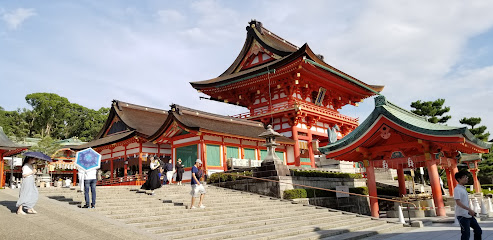
Kiyomizu-dera
Discover the serene beauty of Kiyomizu-dera, a UNESCO World Heritage site in Kyoto, blending stunning architecture with breathtaking natural landscapes.
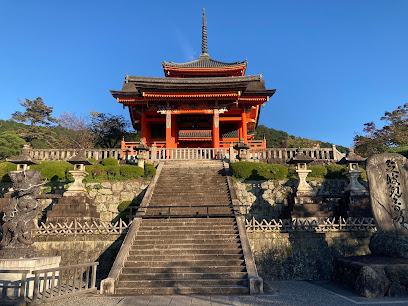
Kinkaku-ji
Discover Kinkaku-ji, Kyoto's Golden Pavilion, a breathtaking Buddhist temple surrounded by serene gardens and rich cultural heritage.
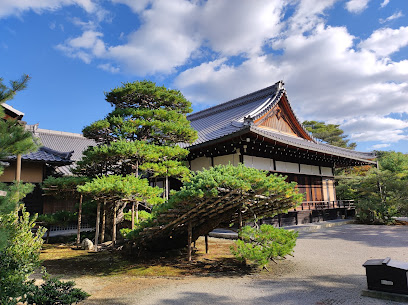
Nishiki Market
Experience the vibrant flavors and rich culture at Nishiki Market, Kyoto's famous culinary destination, where tradition meets modernity.

Nijō Castle
Explore Nijo Castle in Kyoto, a UNESCO World Heritage site, and immerse yourself in the history and beauty of Japan's feudal era.
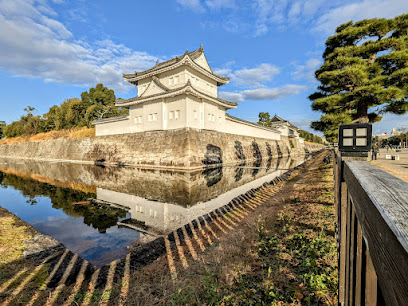
Yasaka Shrine
Experience the spiritual essence of Kyoto at Yasaka Shrine, a historic Shinto shrine known for its beautiful architecture and vibrant festivals.
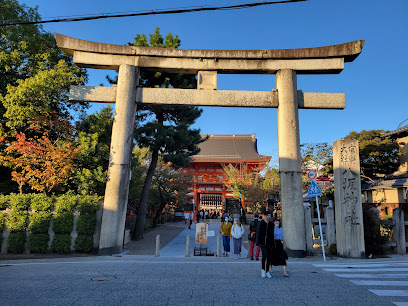
Tōji Temple
Discover the awe-inspiring Tōji Temple, a UNESCO World Heritage site in Kyoto, featuring Japan's tallest pagoda and serene gardens steeped in history.
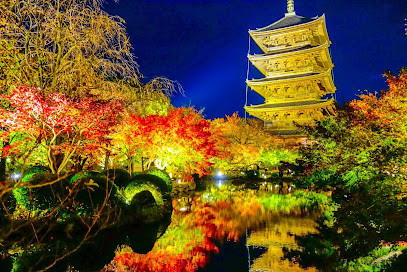
Kyoto Imperial Palace
Experience the rich history and stunning beauty of Kyoto Imperial Palace, a must-see historical landmark and tranquil escape in Japan's ancient capital.

Higashiyama Jisho-ji
Discover the tranquil beauty of Higashiyama Jisho-ji, a historic Buddhist temple nestled in Kyoto's picturesque landscape, perfect for reflection and cultural exploration.

Rengeō-in (Sanjūsangen-dō) Temple
Explore the serene beauty of Rengeō-in (Sanjūsangen-dō), a historic Buddhist temple in Kyoto, showcasing 1001 Kannon statues and tranquil gardens.
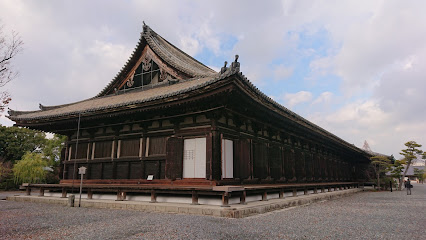
Sannenzaka
Explore Sannenzaka, a historic street in Kyoto, where traditional charm meets stunning views of Kiyomizu-dera Temple, perfect for an unforgettable cultural experience.
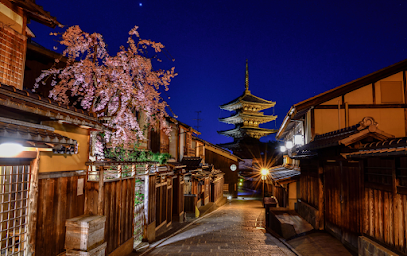
Tenryu-ji
Explore the serene beauty and historical significance of Tenryu-ji Temple, a UNESCO World Heritage site in Kyoto, Japan.
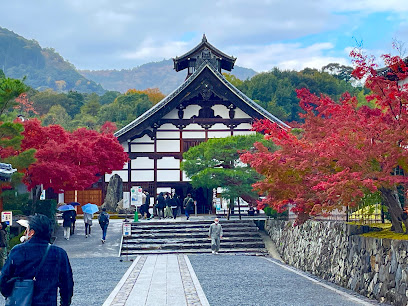
Heian Shrine
Discover the serene beauty of Heian Shrine, a stunning Shinto shrine in Kyoto known for its majestic architecture and tranquil gardens.

Nidec Kyoto Tower
Discover the breathtaking views and rich culture at Nidec Kyoto Tower, an iconic landmark in the heart of Kyoto.
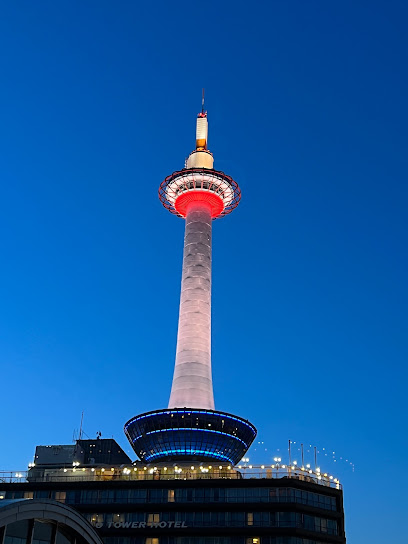
Arashiyama Monkey Park Iwatayama
Arashiyama Monkey Park Iwatayama: A Wild Encounter with Japanese Macaques Amidst Breathtaking Kyoto Scenery.
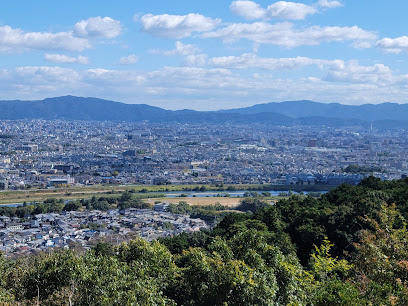
Unmissable attractions to see
Universal Studios Japan
Discover thrilling rides, beloved characters, and unforgettable experiences at Universal Studios Japan, a top-tier theme park in Osaka.
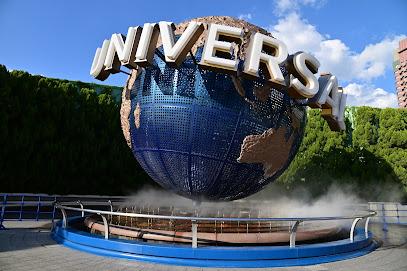
Fushimi Inari Taisha
Discover the enchanting Fushimi Inari Taisha, Kyoto's iconic Shinto shrine, adorned with thousands of vibrant torii gates winding through lush landscapes.
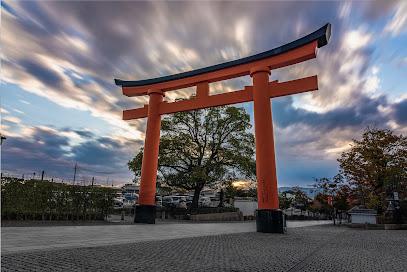
Osaka Castle
Explore the grandeur of Osaka Castle, a timeless fortress steeped in history and surrounded by beautiful gardens, offering a captivating glimpse into Japan's past.
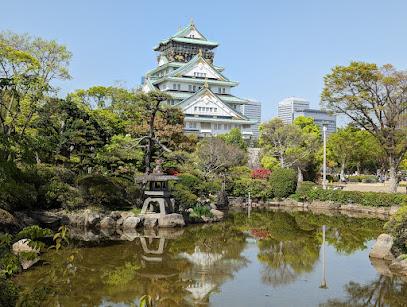
Nara Park
Explore Nara Park, a serene oasis in Japan filled with friendly deer, historic temples, and stunning landscapes, perfect for nature and culture lovers.
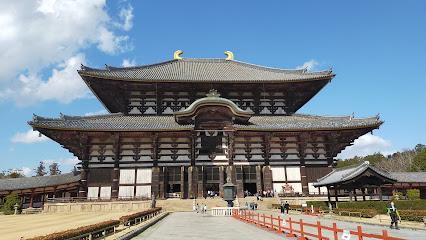
Kiyomizu-dera
Discover the historical beauty of Kiyomizu-dera, a stunning Buddhist temple offering breathtaking views and serene surroundings in the heart of Kyoto.
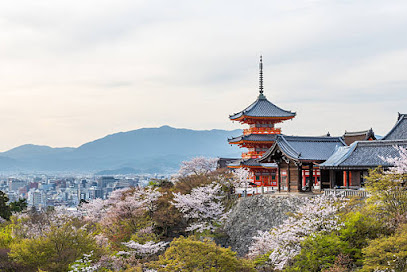
Kinkaku-ji
Discover the serene beauty of Kinkaku-ji, Kyoto's stunning Golden Pavilion, where rich history meets breathtaking architecture in a tranquil garden setting.
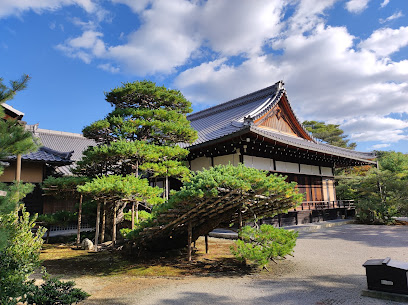
ABENO HARUKAS
Experience breathtaking views and vibrant city life at Abeno Harukas, Japan's tallest skyscraper in Osaka.
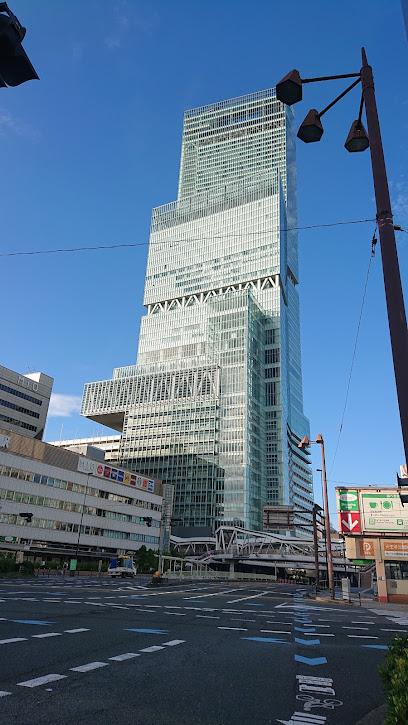
Osaka Castle Park
Experience the breathtaking beauty and historical significance of Osaka Castle Park, a must-visit destination for every traveler in Japan.
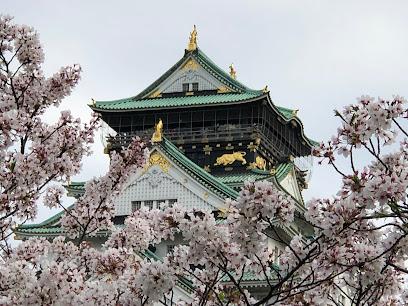
Nishiki Market
Discover the flavors of Kyoto at Nishiki Market, a bustling hub of traditional food and local crafts, perfect for culinary adventurers and culture lovers.
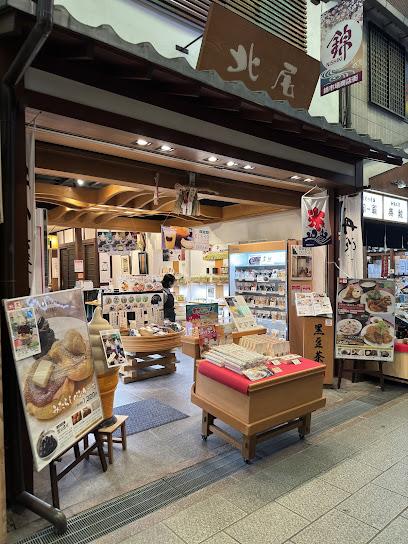
Nijō Castle
Explore Nijo Castle, a UNESCO World Heritage Site in Kyoto, where history meets beauty in stunning gardens and exquisite Edo-period architecture.
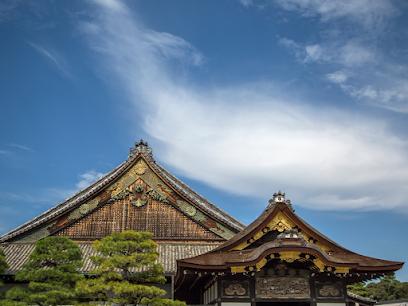
Umeda Sky Building
Experience breathtaking views and unique architectural beauty at the Umeda Sky Building, Osaka's iconic landmark for travelers and adventurers alike.
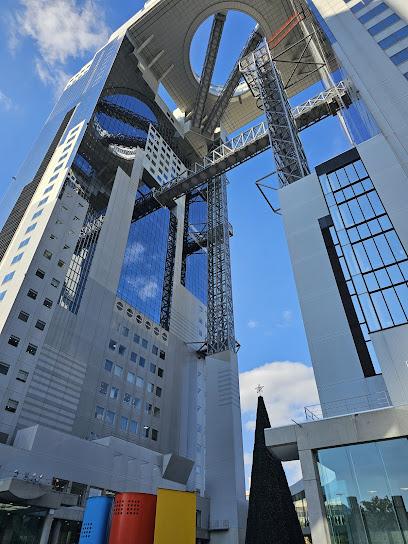
Tsūtenkaku
Discover the breathtaking views of Osaka from Tsūtenkaku, a historic observation tower blending culture, cuisine, and stunning cityscapes.

Yasaka Shrine
Discover the beauty and tranquility of Yasaka Shrine, a historic Shinto shrine in Kyoto, surrounded by stunning gardens and rich cultural heritage.
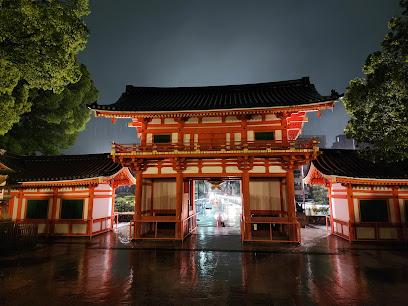
Tōdai-ji
Explore Tōdai-ji, a UNESCO World Heritage Site in Nara, home to the Great Buddha and stunning Japanese Buddhist architecture.

Byodoin
Explore the serene beauty and rich history of Byodoin Temple, a UNESCO World Heritage site nestled in the heart of Uji, Kyoto.
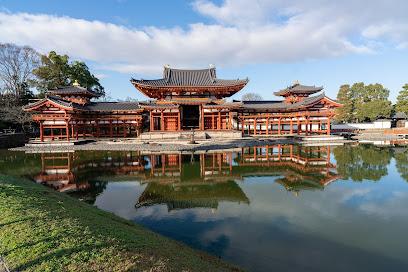
Essential places to dine
Hyoto Shijo Karasuma
Experience authentic Japanese flavors with exquisite hot pot and Kaiseki dishes at Hyoto Shijo Karasuma in Kyoto.
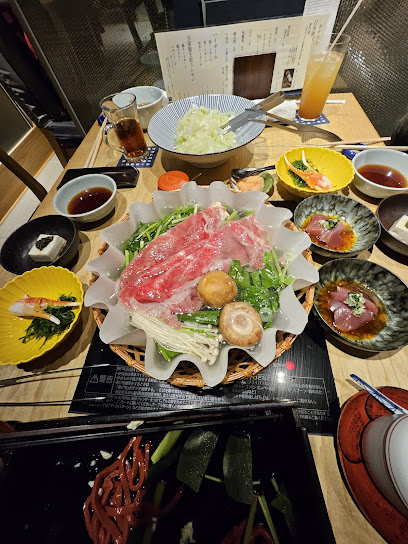
THE SODOH HIGASHIYAMA KYOTO|Restaurant
Discover the perfect blend of Italian culinary artistry and traditional Japanese ambiance at The Sodoh Higashiyama Kyoto.
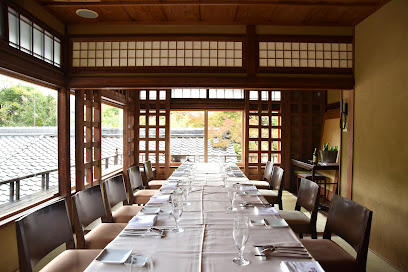
Katsukura Tonkatsu Sanjo Main Store
Savor the best tonkatsu in Kyoto at Katsukura Tonkatsu Sanjo Main Store—where tradition meets flavor.
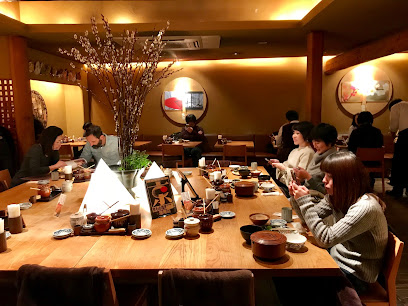
Katsukura - Kyoto Porta
Discover authentic Tonkatsu at Katsukura - a must-visit Japanese restaurant in Kyoto offering delightful flavors in a modern setting.
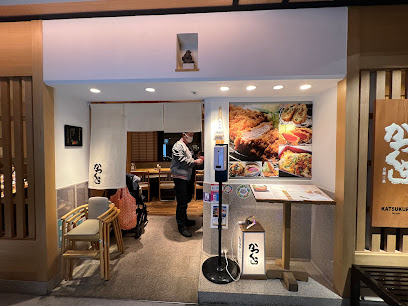
Arash's Kitchen
Experience authentic Asian cuisine at Arash's Kitchen in Kyoto—a culinary delight for every traveler seeking unique flavors.
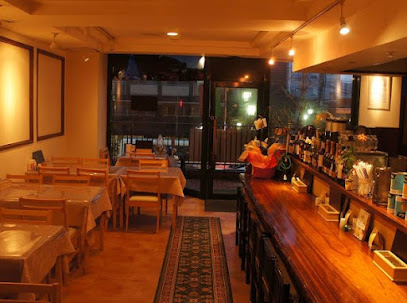
Goichi Pizza
Discover the delicious fusion of Italian tradition and local flavors at Goichi Pizza in Kyoto - an unmissable dining experience!
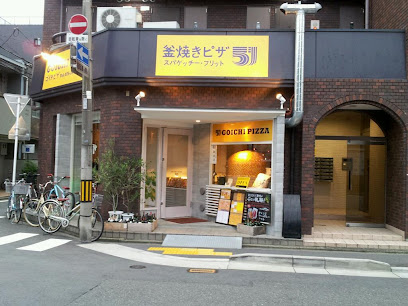
Hafuu
Discover Hafuu in Kyoto: where premium Japanese beef meets culinary excellence in an elegant setting.
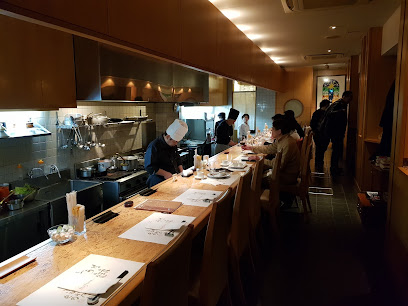
Kobe Beef Steak Restaurant MOURIYA GION
Experience unparalleled flavors at Kobe Beef Steak Restaurant MOURIYA GION in Kyoto - a must-visit for steak lovers seeking authenticity.
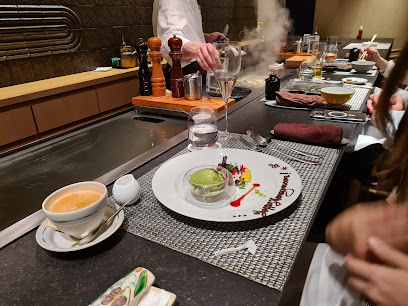
Hiroshima-Style Okonomiyaki & Teppan-yaki Kamehameha
Discover authentic Hiroshima-style okonomiyaki at Kamehameha, Kyoto's premier destination for delicious Japanese cuisine.
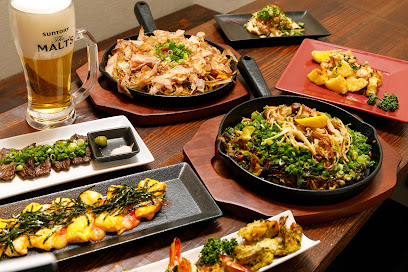
Mezopotamia Kebab House
Experience authentic Middle Eastern cuisine at Mezopotamia Kebab House in Kyoto - where every bite tells a story.
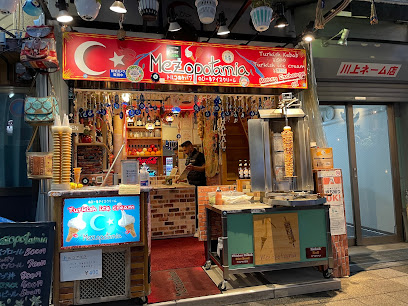
AIN SOPH. Journey KYOTO
Discover exquisite vegan delights at AIN SOPH. Journey KYOTO – where culinary creativity meets sustainable living.
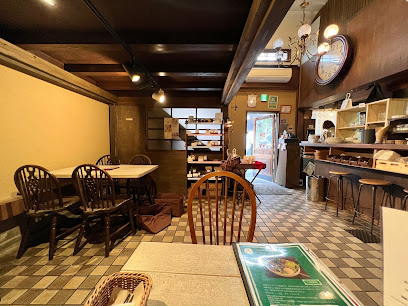
Khaos Spice Diner
Discover authentic Japanese curry at Khaos Spice Diner in Kyoto – a flavorful experience awaits you!
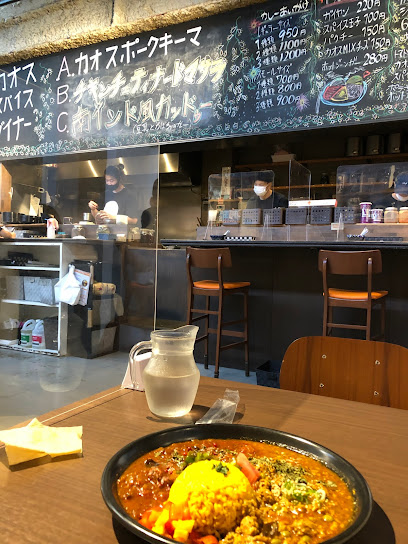
Komefuku
Experience authentic Japanese cuisine at Komefuku in Kyoto, renowned for its fresh seafood and exquisite tempura dishes.

Masayoshi Japanese Dining
Experience authentic Japanese steakhouse dining at Masayoshi in Kyoto—where tradition meets culinary excellence.
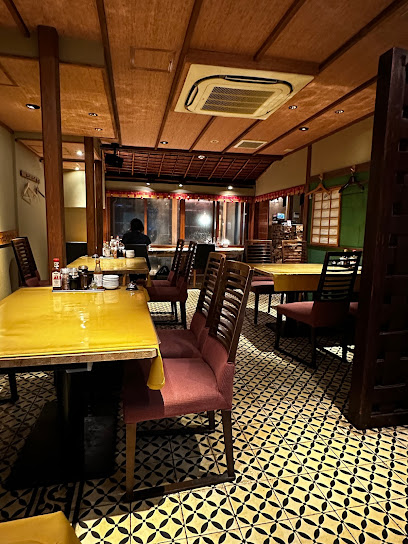
Teppan Tavern Tenamonya
Experience authentic teppanyaki at Teppan Tavern Tenamonya, Kyoto's premier destination for Japanese cuisine in a lively izakaya setting.
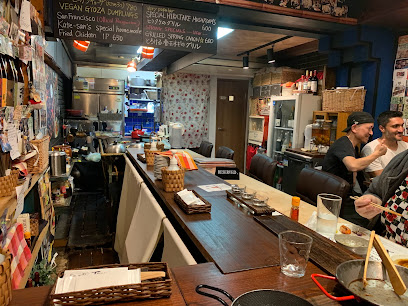
Markets, malls and hidden boutiques
AEON MALL KYOTO
Explore AEON MALL KYOTO for a unique blend of shopping, dining, and entertainment in the heart of Japan's cultural capital.
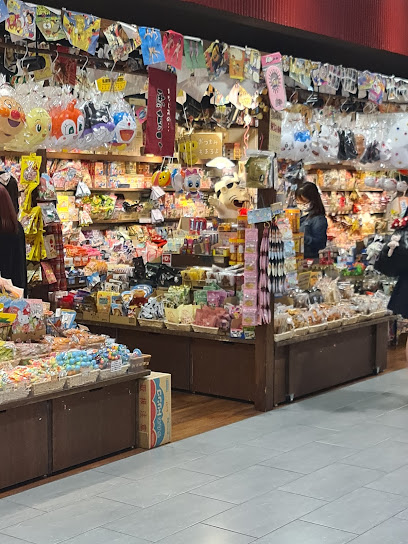
Daimaru Kyoto Store
Explore the heart of Kyoto shopping at Daimaru Kyoto Store, where tradition meets modernity in a vibrant department store experience.

Takashimaya Kyoto S.C.
Explore Takashimaya Kyoto S.C. for an unforgettable shopping experience, blending tradition and modernity in the heart of Kyoto.
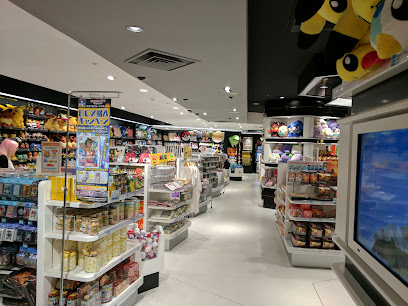
Kyoto Porta
Discover the ultimate shopping experience at Kyoto Porta, where tradition meets modernity in a delightful blend of shops, cafes, and restaurants.
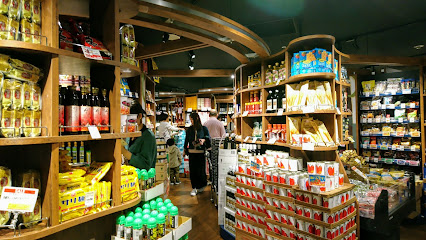
ASTY Kyoto
Explore ASTY Kyoto, where shopping meets culture, offering delightful souvenirs, local cuisine, and a vibrant atmosphere in the heart of Kyoto.
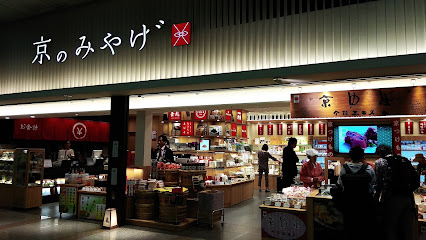
Kintetsu Mall Miyakomichi
Discover Kintetsu Mall Miyakomichi, a premier shopping destination in Kyoto with diverse shops, delicious dining, and cultural experiences.
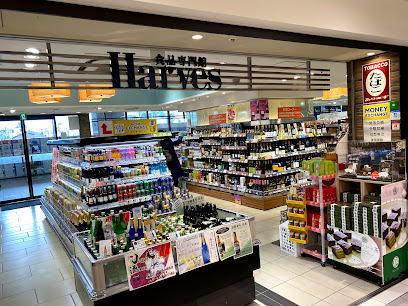
mina Kyoto
Discover Kyoto's fashion scene at mina Kyoto, where modern style meets traditional craftsmanship in a vibrant shopping atmosphere.
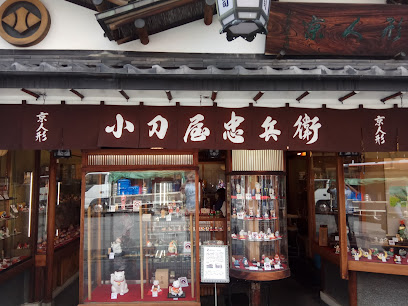
Animate Kyoto
Discover the heart of Japanese pop culture at Animate Kyoto, your ultimate destination for anime, manga, and collectibles.
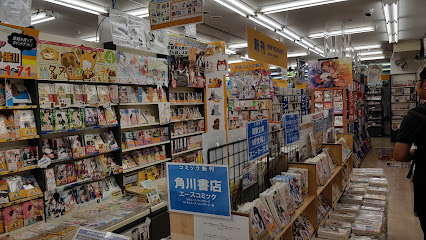
Kyoto LOFT
Explore Kyoto LOFT: A vibrant general store with cosmetics, home goods, and unique novelties in the heart of Kyoto.
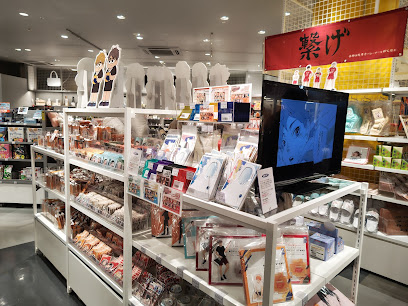
Kyoto Shinkyogoku Shopping Street
Explore Kyoto Shinkyogoku Shopping Street, a vibrant hub of traditional crafts, delicious street food, and unique shopping experiences in the heart of Kyoto.
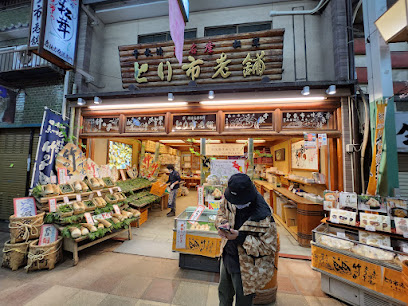
D&DEPARTMENT KYOTO
Explore D&DEPARTMENT KYOTO, where traditional artistry meets culinary excellence in a tranquil temple setting.
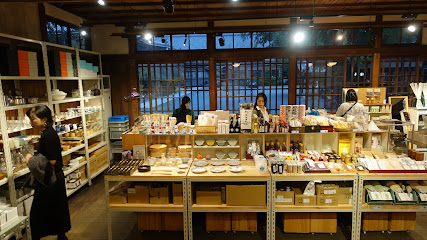
Omiyage Kaido
Discover Kyoto's rich culture and history at Omiyage Kaido, a delightful souvenir store offering traditional crafts and local delicacies.
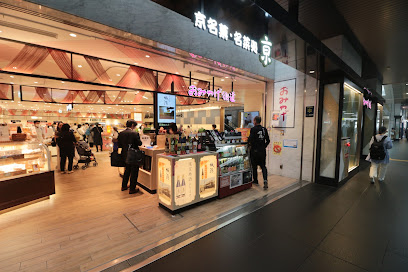
Harajuku Chicago Kyoto Store
Explore the vibrant world of vintage fashion at Harajuku Chicago Kyoto Store, a treasure trove for unique clothing finds in the heart of Kyoto.
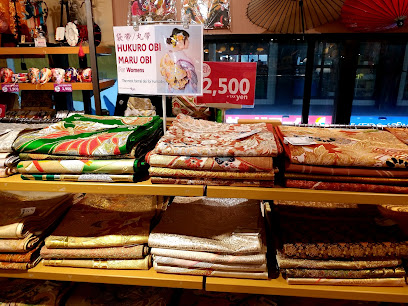
Sanrio Gallery Kyoto
Discover the enchanting world of Sanrio at Sanrio Gallery Kyoto, where kawaii characters come to life in a delightful shopping experience.
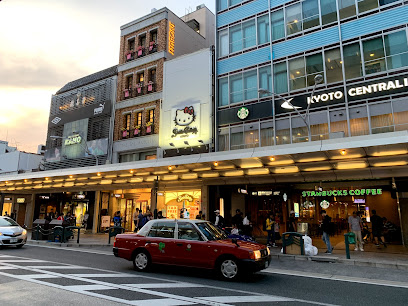
Maiko Antiques Kyoto
Explore the rich heritage of Japan at Maiko Antiques Kyoto, where timeless treasures await in a charming antique store setting.
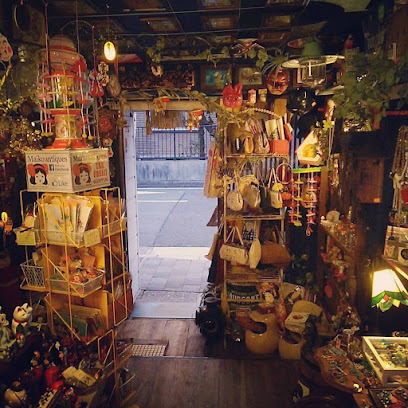
Essential bars & hidden hideouts
L'Escamoteur
Discover L'Escamoteur, Kyoto's enchanting cocktail bar where artistry meets mixology in a whimsical atmosphere. Unforgettable drinks await!
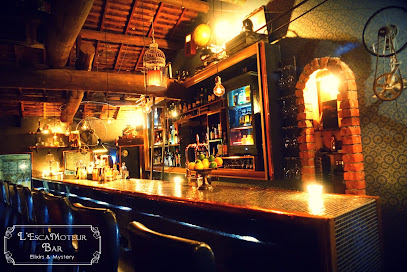
BEE’S KNEES
Discover BEE’S KNEES in Kyoto - A vibrant bar offering unique cocktails that blend local flavors with a lively nightlife experience.
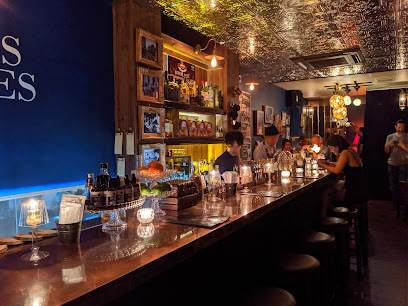
Bar K6
Discover the vibrant nightlife of Kyoto at Bar K6, where traditional Japanese drinks meet modern bar culture in a cozy setting.
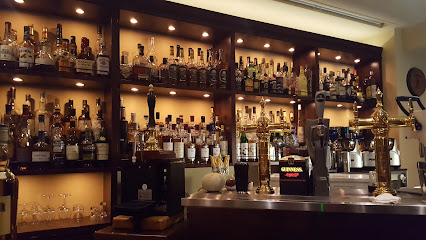
Rocking Bar ING
Discover Rocking Bar ING in Kyoto, where the spirit of rock music comes alive amidst an eclectic atmosphere and vibrant nightlife.
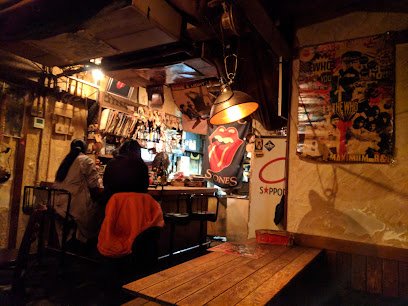
The Common One Bar Kyoto
Experience the vibrant nightlife of Kyoto at The Common One Bar, where tradition meets innovation in every cocktail.
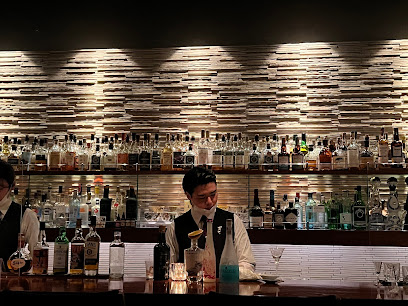
bar K-ya main building
Experience the vibrant nightlife of Kyoto at bar K-ya, a cozy bar offering a remarkable selection of drinks in a charming ambiance.
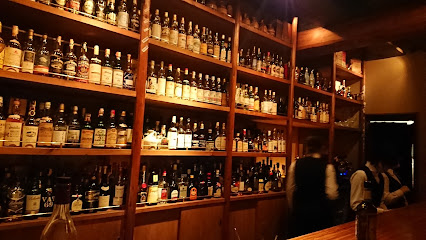
Bar Fishbowl
Discover Kyoto's nightlife at Bar Fishbowl, a cocktail haven with stunning views and expertly crafted drinks in the heart of the city.

Turquoise Bar
Discover the vibrant nightlife of Kyoto at Turquoise Bar, where expertly crafted cocktails meet a stylish and inviting atmosphere.

Bar Ixey
Discover the essence of Kyoto at Bar Ixey, where exceptional cocktails meet a warm and inviting atmosphere in the heart of Higashiyama.
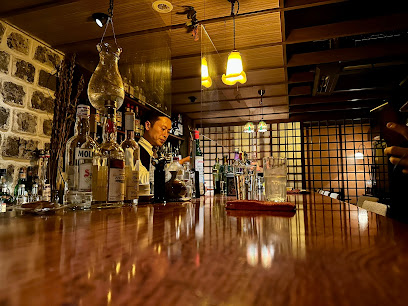
UNDERBAR-KYOTO
Dive into Kyoto's vibrant nightlife at UNDERBAR-KYOTO, where cocktails, darts, and music create an unforgettable evening.
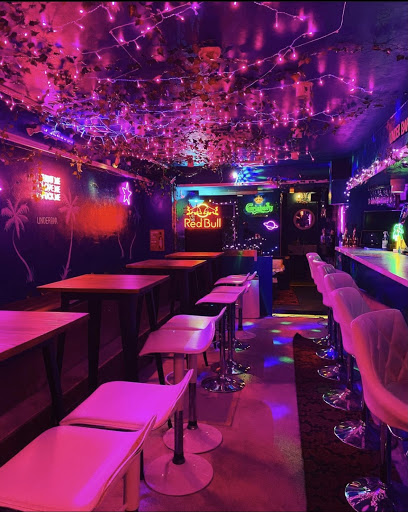
Bar Cordon Noir
Discover Bar Cordon Noir, a vibrant bar in Kyoto offering exquisite cocktails, a cozy atmosphere, and a taste of the city's nightlife.
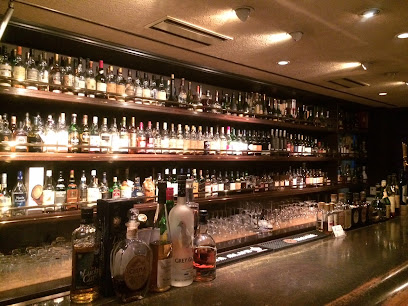
The Roots of all evil.
Discover a vibrant bar in Kyoto offering a unique blend of cocktails and a cozy atmosphere, perfect for unwinding after a day of exploration.
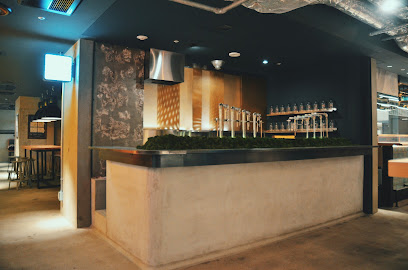
Caamm bar
Discover the lively spirit of Kyoto at Caamm Bar, where traditional hospitality meets modern nightlife in a vibrant setting.
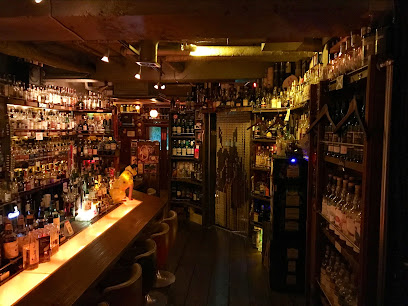
Rock Stock
Experience the unique charm of Rock Stock, a must-visit bar in Kyoto where local culture and vibrant nightlife merge in an affordable setting.
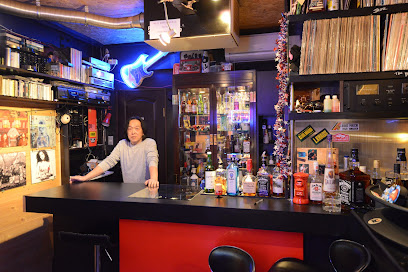
Bar Prost
Discover Bar Prost in Kyoto for a cozy ambiance and an exceptional selection of local drinks in the heart of Japan's cultural capital.

Travel experiences inspired by this city
Explore more travel diariesLocal Phrases
-
- Helloこんにちは
[Konnichiwa] - Goodbyeさようなら
[Sayonara] - Yesはい
[Hai] - Noいいえ
[Iie] - Please/You're welcomeどうぞ
[Douzo] - Thank youありがとうございます
[Arigatou gozaimasu] - Excuse me/Sorryすみません
[Sumimasen] - How are you?お元気ですか?
[Ogenki desu ka?] - Fine. And you?元気です。あなたは?
[Genki desu. Anata wa?] - Do you speak English?英語を話せますか?
[Eigo wo hanasemasu ka?] - I don't understandわかりません
[Wakarimasen]
- Helloこんにちは
-
- I'd like to see the menu, pleaseメニューを見せてください
[Menyu wo misete kudasai] - I don't eat meat肉は食べません
[Niku wa tabemasen] - Cheers!乾杯!
[Kanpai!] - I would like to pay, pleaseお会計をお願いします
[O-kanjo wo onegai shimasu]
- I'd like to see the menu, pleaseメニューを見せてください
-
- Help!助けて!
[Tasukete!] - Go away!去ってください!
[Satte kudasai!] - Call the Police!警察を呼んで!
[Keisatsu wo yonde!] - Call a doctor!医者を呼んで!
[Isha wo yonde!] - I'm lost道に迷っています
[Michi ni mayotte imasu] - I'm ill具合が悪いです
[Guai ga warui desu]
- Help!助けて!
-
- I'd like to buy......を買いたいです
[... wo kaitai desu] - I'm just looking見てるだけです
[Miteru dake desu] - How much is it?いくらですか?
[Ikura desu ka?] - That's too expensiveそれは高すぎます
[Sore wa takasugimasu] - Can you lower the price?値段を下げてもらえますか?
[Nedan wo sagete moraemasu ka?]
- I'd like to buy......を買いたいです
-
- What time is it?今何時ですか?
[Ima nanji desu ka?] - It's one o'clock1時です
[Ichiji desu] - Half past (10)10時半です
[Juuji han desu] - Morning朝
[Asa] - Afternoon午後
[Gogo] - Evening夕方
[Yuugata] - Yesterday昨日
[Kinou] - Today今日
[Kyou] - Tomorrow明日
[Ashita] - 1一
[Ichi] - 2二
[Ni] - 3三
[San] - 4四
[Shi] - 5五
[Go] - 6六
[Roku] - 7七
[Nana] - 8八
[Hachi] - 9九
[Kyu] - 10十
[Juu]
- What time is it?今何時ですか?
-
- Where's a/the...?...はどこですか?
[... wa doko desu ka?] - What's the address?住所は何ですか?
[Jusho wa nan desu ka?] - Can you show me (on the map)?(地図で)見せてもらえますか?
[(Chizu de) misete moraemasu ka?] - When's the next (bus)?次の(バス)はいつですか?
[Tsugi no (basu) wa itsu desu ka?] - A ticket (to ....)チケット(へ...)をください
[Chiketto (he...) wo kudasai]
- Where's a/the...?...はどこですか?
History of Kyoto
-
Kyoto, originally known as Heian-kyō, was founded in 794 AD when Emperor Kanmu moved the capital to the area to escape the influence of powerful Buddhist clergy in Nara. This marked the beginning of the Heian period, a time that saw the flourishing of Japanese art, culture, and literature.
-
During the Heian period (794-1185), Kyoto became the cultural and political heart of Japan. It was during this time that the Tale of Genji, considered the world's first novel, was written by Murasaki Shikibu. The city's aristocracy enjoyed a life of luxury and refinement, as reflected in the art and literature of the time.
-
The Onin War was a civil war that devastated Kyoto, marking the beginning of the Sengoku period, a time of social upheaval, political intrigue, and near-constant military conflict. Many of Kyoto's historical buildings were destroyed during this decade-long conflict, and the city's importance declined as power shifted to regional warlords.
-
Following the Onin War, Kyoto entered the Muromachi period (1336-1573), under the rule of the Ashikaga shogunate. The shogunate's influence led to the rise of the samurai class and the development of distinct cultural practices, including the tea ceremony, Noh theater, and the art of flower arranging (ikebana).
-
In the late 16th century, the unification of Japan under leaders such as Oda Nobunaga, Toyotomi Hideyoshi, and Tokugawa Ieyasu brought stability to the region. Although the political capital moved to Edo (modern-day Tokyo) in 1603, Kyoto remained the cultural capital of Japan. The Edo period (1603-1868) saw the flourishing of Kyoto's traditional crafts, including kimono weaving, pottery, and lacquerware.
-
The Meiji Restoration of 1868 marked the end of the Tokugawa shogunate and the restoration of imperial rule. Kyoto was significantly modernized during this period, with the construction of new roads, railways, and the introduction of Western-style education. Despite losing its status as the political capital to Tokyo, Kyoto continued to be a center of traditional Japanese culture and religion.
-
Remarkably, Kyoto was spared from the extensive bombings that other Japanese cities suffered during World War II, preserving its rich cultural heritage. In the post-war period, Kyoto rapidly modernized while retaining its historical architecture and cultural practices. Today, it is a UNESCO World Heritage site, attracting millions of visitors each year.
-
Kyoto is renowned for its well-preserved historical sites, including over 2,000 temples and shrines, such as Kinkaku-ji (the Golden Pavilion), Ginkaku-ji (the Silver Pavilion), and Fushimi Inari-taisha. The city's traditional festivals, such as Gion Matsuri and Aoi Matsuri, continue to draw crowds, showcasing the enduring legacy of Kyoto's cultural and historical significance.
Kyoto Essentials
-
Kyoto is easily accessible from major cities in Japan. The nearest international airport is Kansai International Airport (KIX) in Osaka, approximately 75 kilometers away. From Kansai Airport, you can take the Haruka Express train directly to Kyoto Station, which takes about 75 minutes. Alternatively, you can fly into Osaka Itami Airport (ITM) or Chubu Centrair International Airport (NGO) in Nagoya and then take a train or bus to Kyoto. The Shinkansen (bullet train) from Tokyo to Kyoto takes about 2 hours and 20 minutes.
-
Kyoto has an efficient public transportation system including buses, subways, and trains. The Kyoto City Bus network covers most tourist attractions, and a one-day bus pass offers unlimited rides. The Karasuma and Tozai subway lines are convenient for exploring central Kyoto. For short distances, renting a bicycle is a popular option. Taxis are readily available but can be expensive. JR trains and private railways like Keihan, Hankyu, and Kintetsu connect Kyoto to nearby cities.
-
The official currency in Japan is the Japanese Yen (JPY). Credit cards are widely accepted in hotels, larger restaurants, and stores, but it is advisable to carry cash for smaller establishments and local markets. ATMs that accept international cards can be found in convenience stores like 7-Eleven, Lawson, and FamilyMart. Currency exchange services are available at airports, major banks, and some hotels.
-
Kyoto is generally a safe city for tourists. However, it is advisable to take standard precautions. Avoid isolated areas late at night and keep an eye on your belongings in crowded places. The Kamogawa River area and the Gion district are popular tourist spots where petty theft can occur, so remain vigilant. Emergency numbers to remember: Police (110) and Ambulance/Fire (119).
-
In case of emergency, dial 110 for police assistance and 119 for fire and medical emergencies. English-speaking operators are available. It is recommended to have travel insurance that covers medical emergencies. Kyoto has several hospitals with English-speaking staff, such as Kyoto University Hospital and Kyoto City Hospital. Pharmacies are widely available for minor health issues.
-
Fashion: Do dress modestly, especially when visiting temples and shrines. Avoid overly revealing clothing. Religion: Do show respect at religious sites by bowing and making small donations at offertory boxes. Don't photograph the inside of temples and shrines unless permitted. Public Transport: Do be quiet and considerate on public transport. Don't talk loudly or use your phone. Greetings: Do bow slightly when greeting people. Don't shake hands unless the other person initiates. Eating & Drinking: Do try local dishes and eat everything on your plate. Don't tip, as it is not a common practice in Japan.
-
To experience Kyoto like a local, visit the Nishiki Market for fresh produce and local delicacies. Take a stroll through the lesser-known neighborhoods like Shimogamo and Demachiyanagi for a more local feel. Participate in a tea ceremony or a traditional craft workshop. Explore the city's hidden temples and gardens, which are often less crowded than the famous sites. Enjoy a morning walk along the Philosopher's Path for a serene experience.
Nearby Cities to Kyoto
-
Things To Do in Nara
-
Things To Do in Osaka
-
Things To Do in Nagoya
-
Things To Do in Kanazawa
-
Things To Do in Hiroshima
-
Things To Do in Tokyo
-
Things To Do in Fukuoka
-
Things To Do in Ulsan
-
Things To Do in Pohang
-
Things To Do in Gyeongju
-
Things To Do in Busan
-
Things To Do in Andong
-
Things To Do in Daegu
-
Things To Do in Suncheon
-
Things To Do in Daejeon













